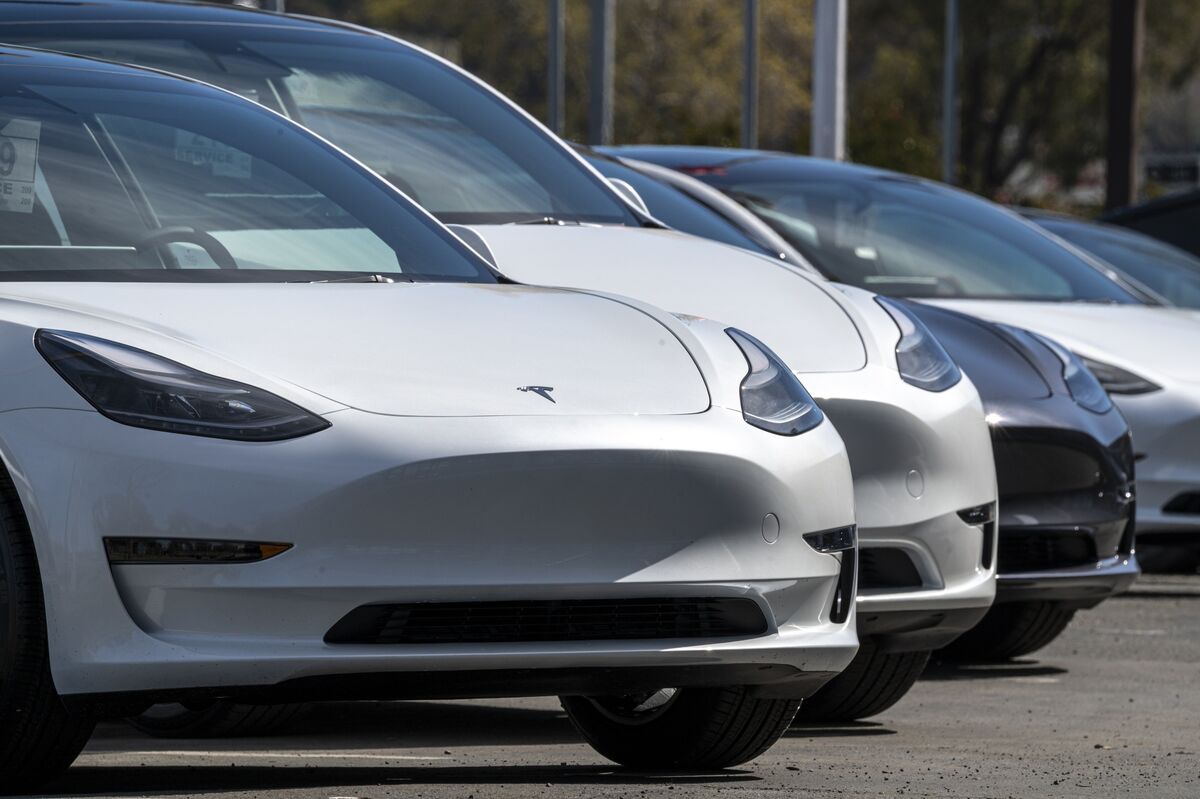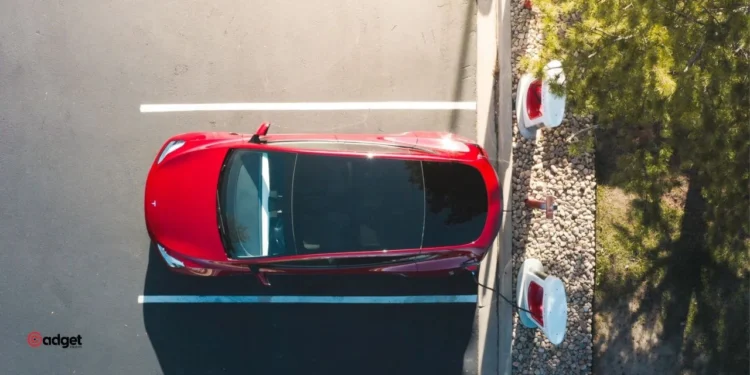Tesla, the trailblazer in electric vehicle (EV) innovation, is currently facing an unusual challenge that has shifted from manufacturing constraints to surplus production. Unlike the days when every Tesla rolling off the production line had a buyer waiting, the automaker now finds itself grappling with an excess of nearly 50,000 cars. This surplus has become so significant that it’s visible from space, highlighting a dramatic shift in Tesla’s market dynamics.

The Inventory Glut
In the first quarter of 2024, Company’s production numbers were impressive, with 433,371 vehicles manufactured. However, sales did not keep pace, leading to 386,810 units sold and a surplus of 46,561 vehicles. This mismatch, according to Tesla’s Chief Financial Officer Vaibhav Taneja, stems from an overestimation in production. “The primary driver of this was an increase in inventory from a mismatch between builds,” Taneja explained, pointing out that spending on AI technology also played a role in the company’s financial downturn. With a reported -$2.5 billion in free cash flow, Tesla has had to adjust its strategy, including price cuts on popular models like the Model Y.

Satellite Eyes on Tesla
The extent of Company’s inventory issue has been visually documented through satellite imagery provided by SkyFi, a satellite imagery marketplace. Images captured show the Texas Gigafactory’s lots filling up over time, from partially full in October 2023 to completely packed by March 2024. But it’s not just in Texas where these unsold Teslas are accumulating. Other locations across the country are facing similar situations. For instance, near St. Louis’ Chesterfield Mall, nearly 500 cars fill a lot outside the mall, and in Moreno Valley, California, hundreds of Model Ys have been spotted outside a Sears store.

A Market Cooling Off?
This growing inventory raises questions about the broader market dynamics and consumer appetite for EVs. Despite maintaining high production rates and still selling hundreds of thousands of units, the aura of exclusivity and demand that company once enjoyed seems to be waning. As the company navigates this plateau in sales, the industry watches closely to see how the company will adapt its strategies in response to these new challenges. Will these visible signs of surplus prompt a strategic pivot, or is this just a temporary blip for the EV giant?
As Tesla heads into the second quarter of 2024, there is cautious optimism that adjustments in production and pricing strategies may help realign supply with demand, bringing its free cash flow back into positive territory. The world will be watching, from both the ground and the sky, to see how company maneuvers through this congested phase of its journey.










